Roman Holiday
The essence of Rome
Rome is one of those complex places that it’s terribly hard to talk about. What is the most salient thing about Rome that’s worth writing about? Is it the ancient Rome and its vestiges scattered throughout the city’s streets and seven hills? Is it maybe the Rome of the Renaissance, with its palazzos and monuments and cathedrals? The modern Rome of the 20th century, the one marked by Mussolini’s dreams of grandeur? Could it be contemporary Rome, the one that quivers with life, fancy people and scooters, cinematically waving its temptations at the passersby? Maybe it’s exactly this improbable mix that you don’t find anywhere else that makes Rome’s unique and lavish stance so hard to grasp.
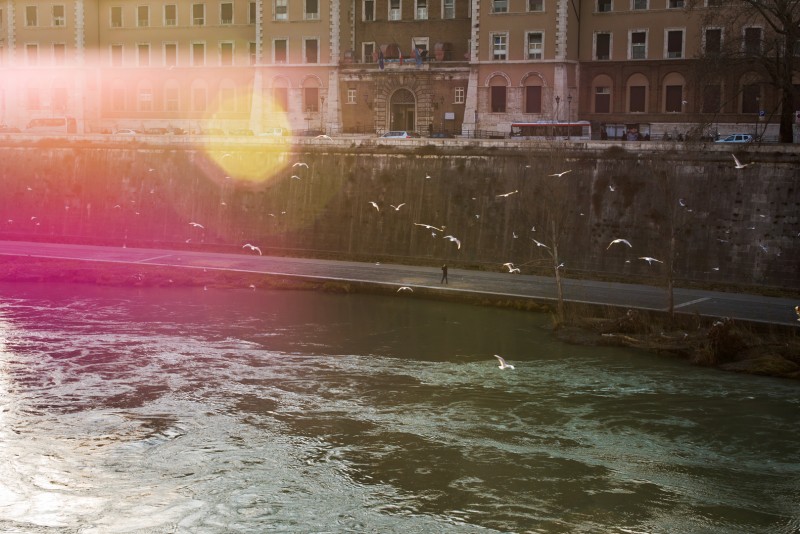

But, back to the thorny question: what is Rome to me?...
I’m trying hard to put my finger on one thing…
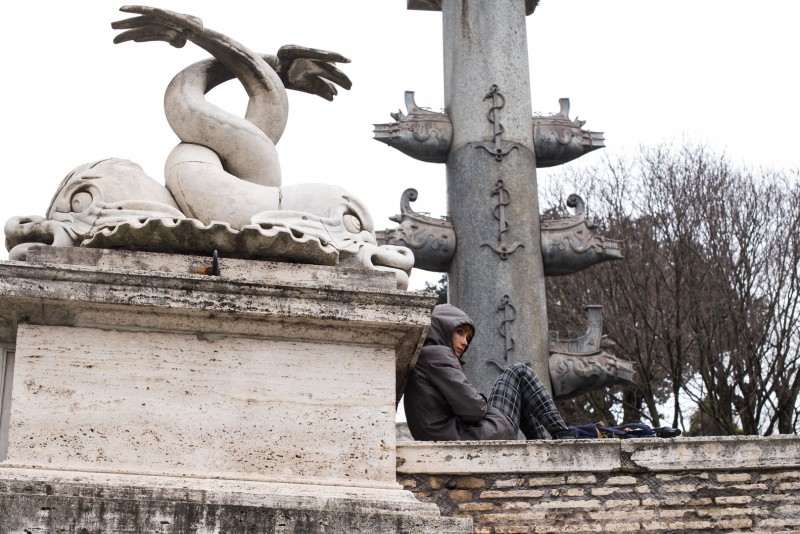
Quo Vadis, Rome?
Searching for this answer, I can’t be even remotely objective. As a child, one of my favorite books was “Quo Vadis” by Henryk Sienkiewicz. Between you and me, this was also one of my first crushes on a book character: Marcus Vinicius. How many nights haven’t I dreamed about him, with the righteous ardor of a 11-12 years old girl? … With the help of the 600 pages, my imagination painted a captivating era and place. Rome. Nero. The dawning Christianity. The fish. The belief. The persecutions. The collective revelries. The suicides. The slaves. The arena fights. So much passion in the air! I guess this filter was deeply embedded in my mind and, as a consequence, in the way I’ve seen Rome later, as a grown-up.
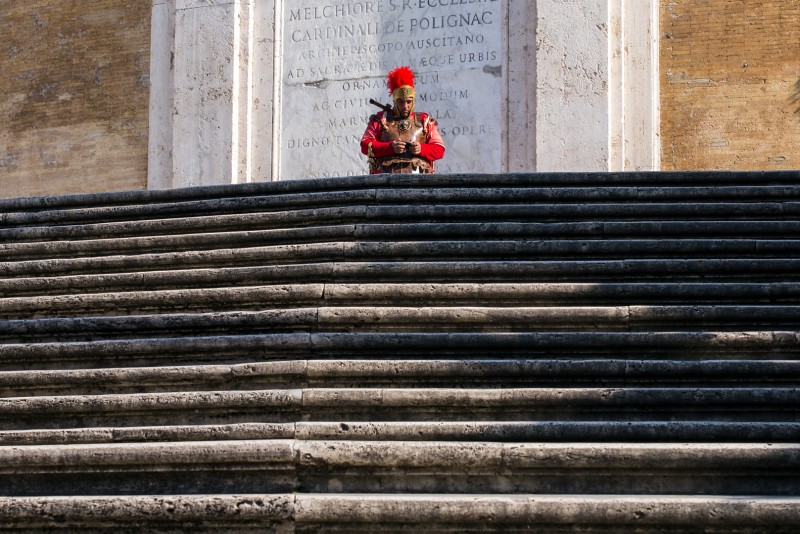
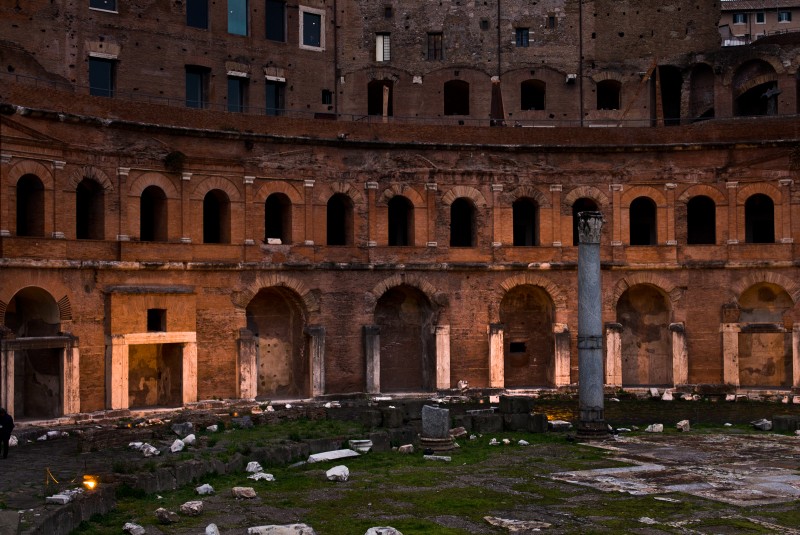
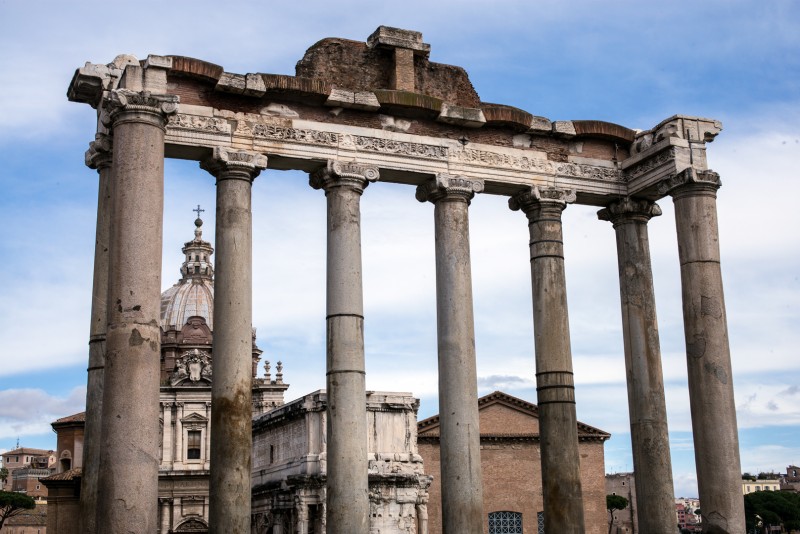
I don’t want to say that the Renaissance or baroque Rome leaves me unimpressed. Not at all. The Sistine Chapel took my breath away. The Sant'Angelo castle's architecture is so clever. But, bottom-line, I felt a much greater joy and respect when I was jumping into a signage pointing out a column or a temple relic from 4 AD than for any other kind of monument. Walking through Rome’s streets it’s like browsing randomly the pages of a history book: now you’re in the 21st century, then you go back 2000 years, then to take a forward leap to 1500 AD, then back to Remus, Romulus and their wolf-mother, forward to Mussolini and Versace. It’s a sweet sway through time that makes you lose your conventional conception of time. What’s a millennium? Nothing… but you can only say this in Rome.
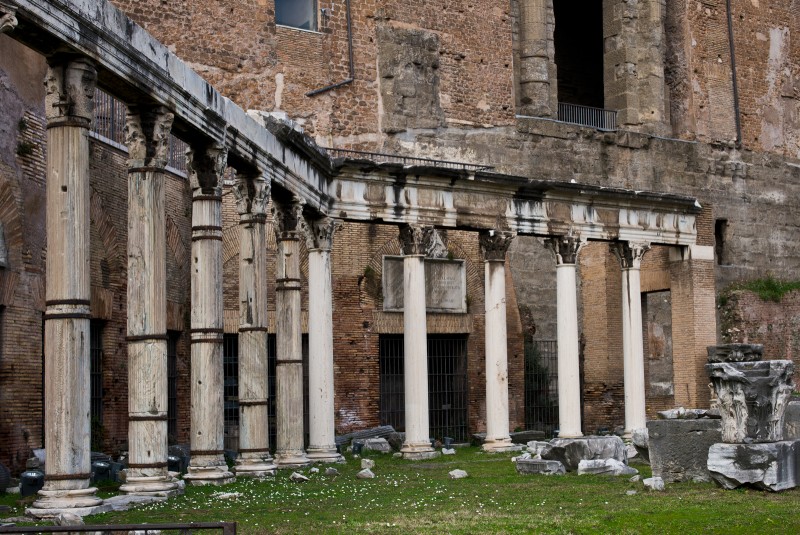
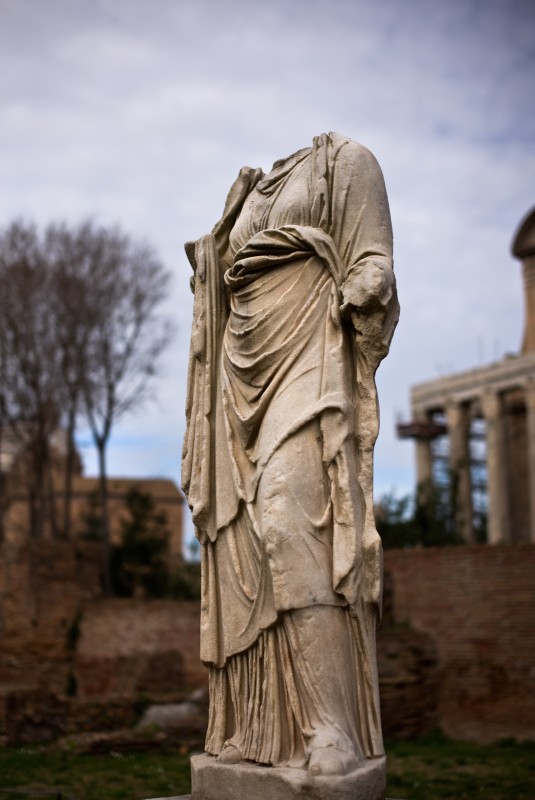
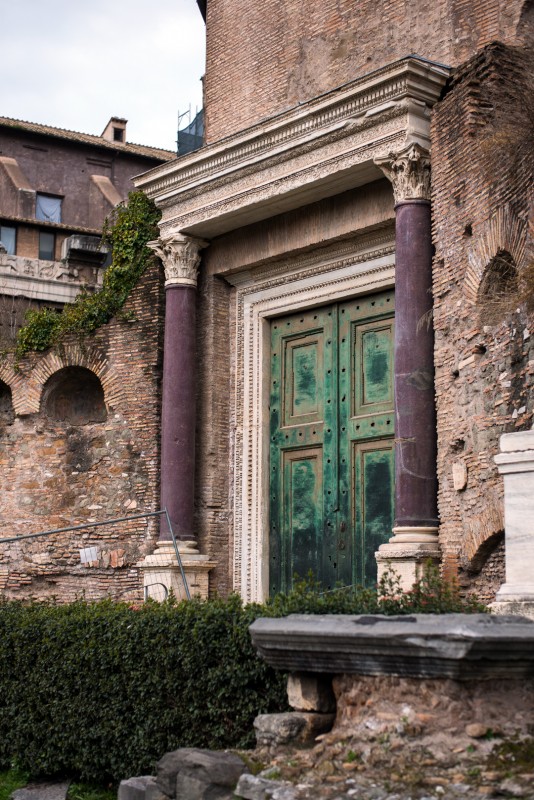

The visit at the Coliseum offered me a strong and visceral delight. In the basement galleries, I walked on the steps of the lions and slaves that fought there until victory over the enemy, I felt pity for the crowds and for their lust for death, I’ve imagined Cesar in the tribunes, with his still undecided thumb.

The big 3: Antonioni, Fellini, Pasolini
The second filter through which I've seen Rome is much more recent and it rhymes with Antonioni, Fellini and Pasolini. Unfortunately, when I’ve been there, Fontana di Trevi was covered in scaffolding, otherwise I think Marcello Mastroiani and Anita Ekberg were still there, embraced in the middle of the fountain… And it’s Antonioni’s fault that we’ve went to EUR, a place completely unknown to tourists, where we’ve discovered the most fantastic side of Rome!
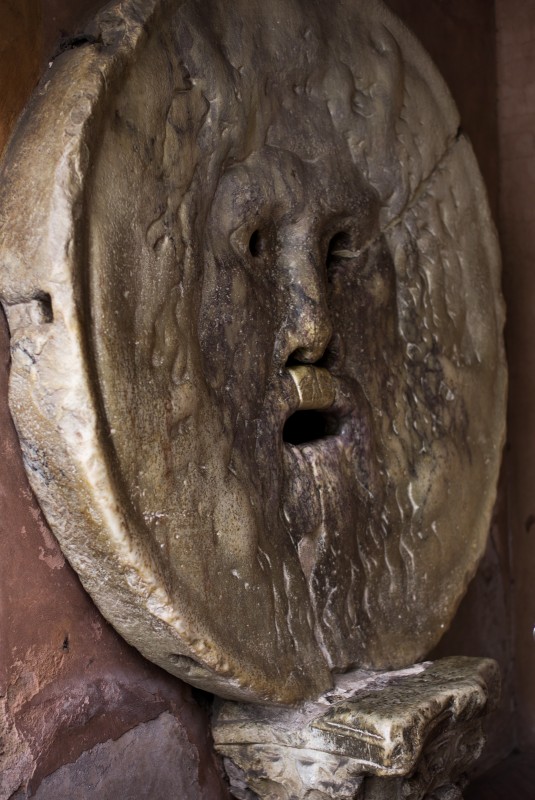
EUR: Esposizione Universale Roma
I have to stop here and say a couple of words about the EUR, because it was (now I realize) my favorite part of Rome. The unexpected Rome. The rough Rome. Still grandiose, but for completely different reasons and angles: geometry, minimalism, concrete and steel.
Created by Benito Mussolini for the 1942 world's fair (Esposizione Universale Roma), the EUR district is now an eerie mix of decaying rationalist buildings, retro cafés, stray cats, as well as stray people, business men and tourists (very few). As you can assume, Esposizione Universale never took place, because of the war. This makes the EUR a neighborhood redolent with unfulfillment and resignation, with memories of a reality that never took place. This place missed its very raison d’être, so now it struggles to find new lives and meanings. If you go to Rome, don't miss this place.
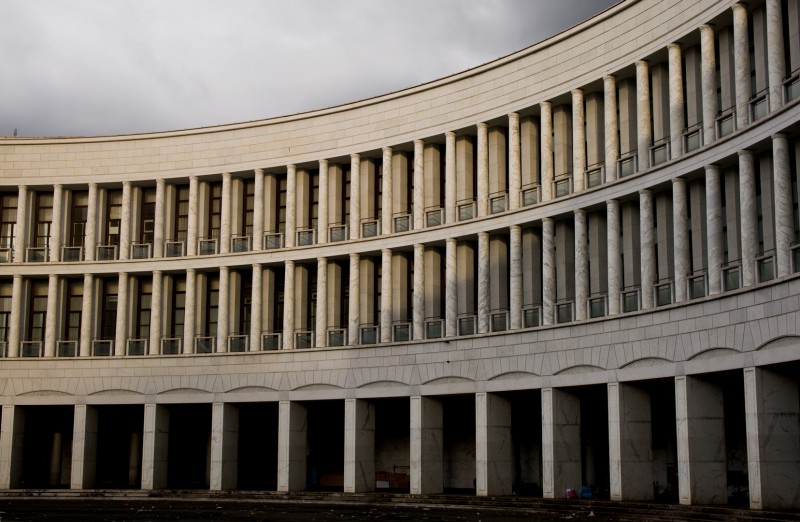
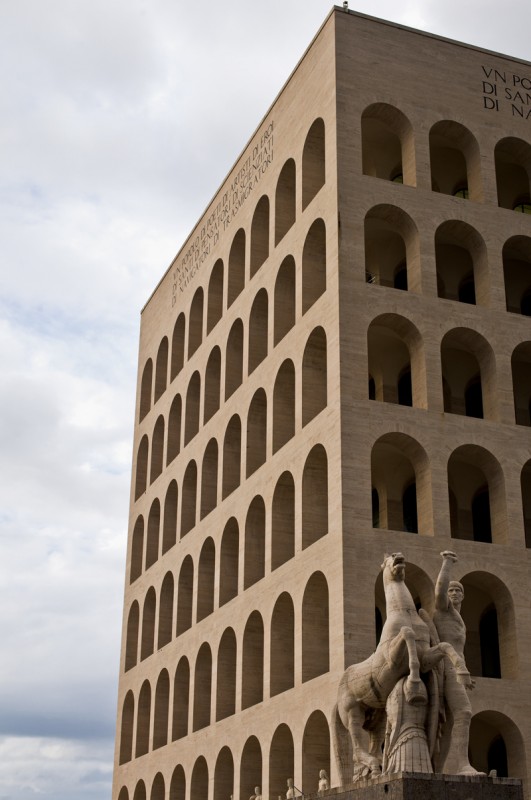
In fact, if you go to Rome, don’t miss anything. Go everywhere. Allow yourself to walk through time, without trying to memorize dates, years, names. Rome is too opulent to be apprehended in a conscious effort. Feel it, taste it and then come back to taste even more.
Trastevere delights

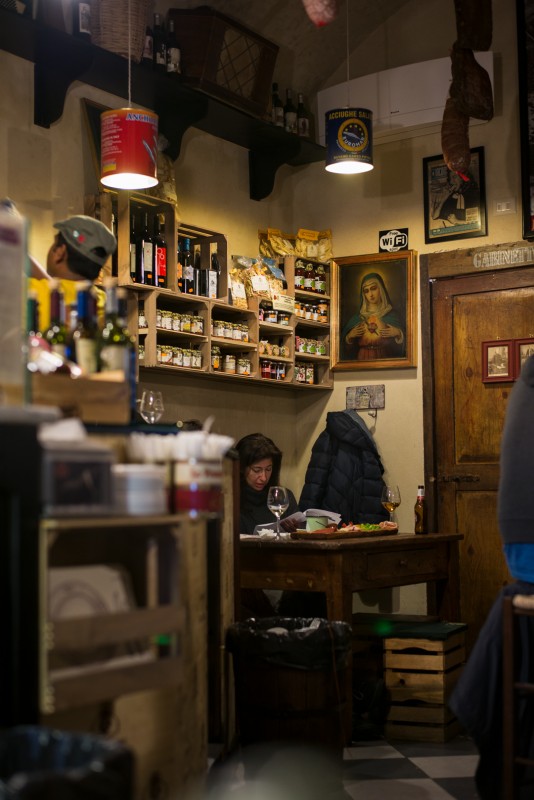
Campo de' Fiori... or Campo de' limone?
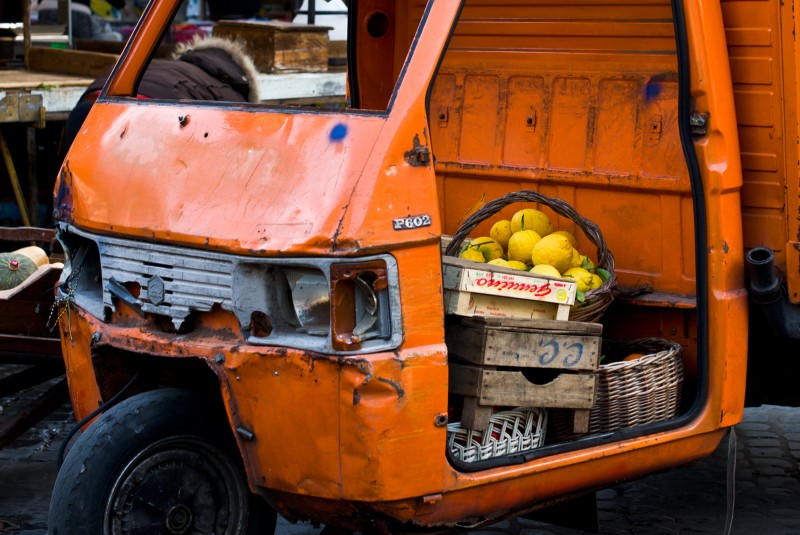
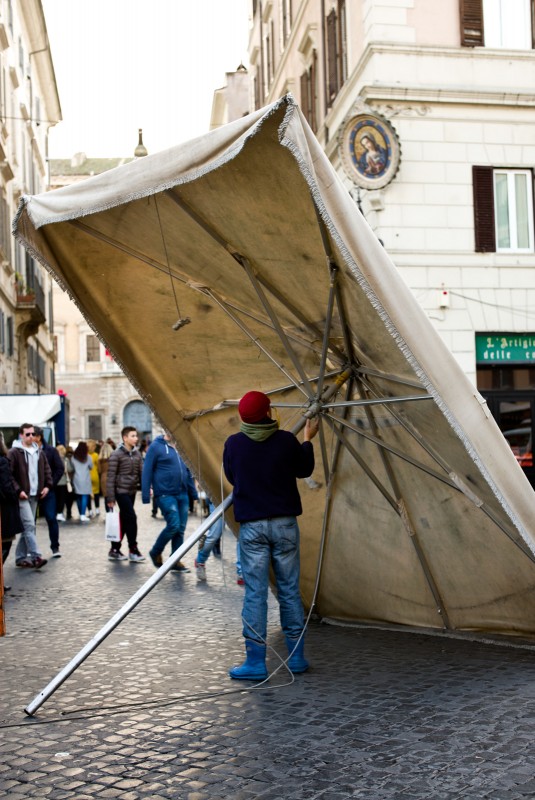
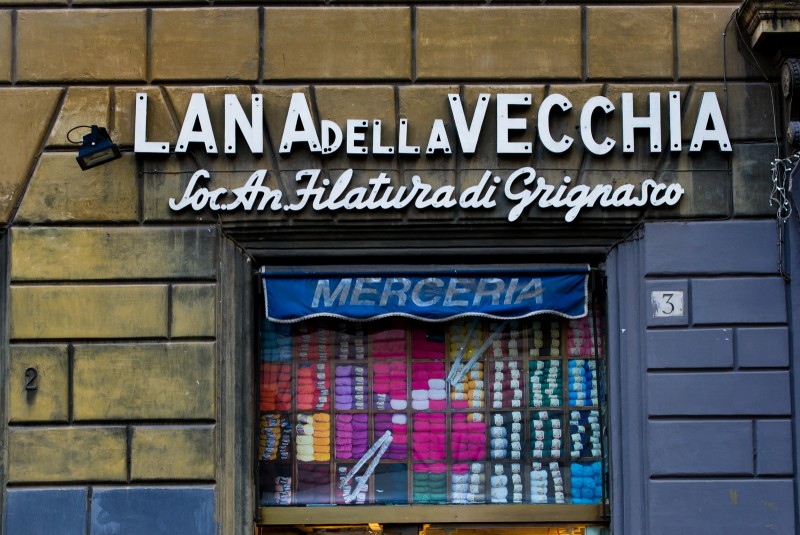
Streets in Rome
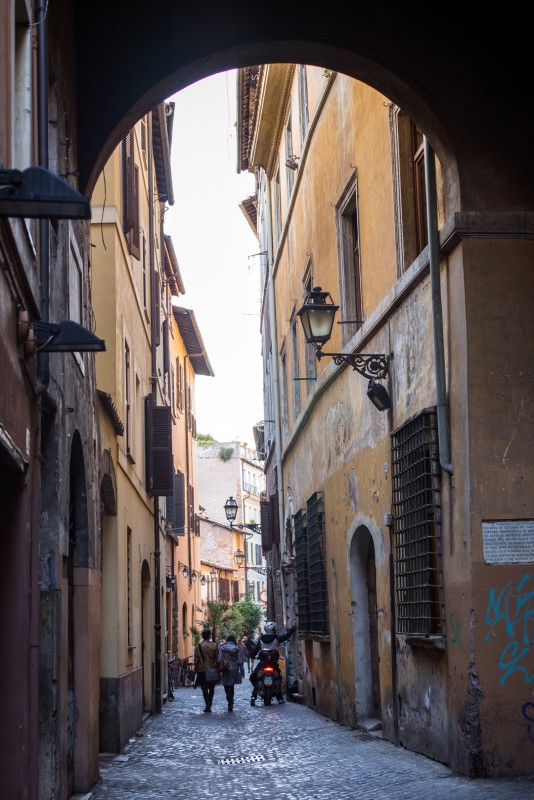
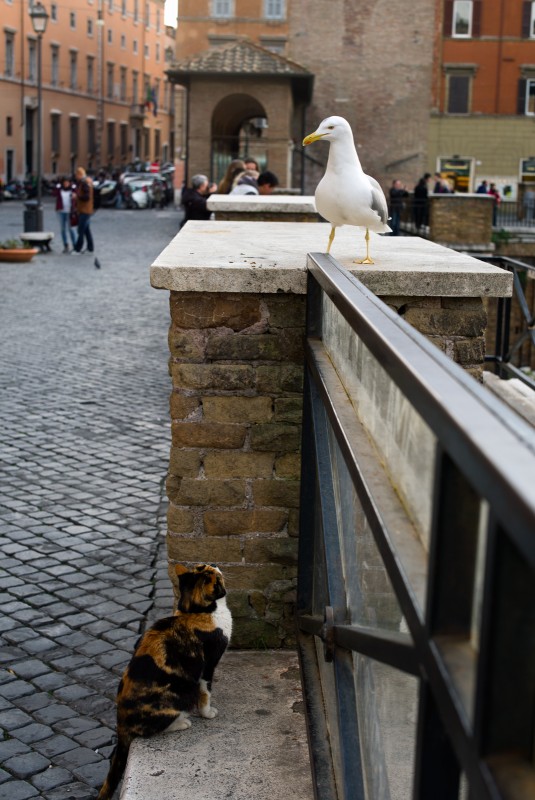
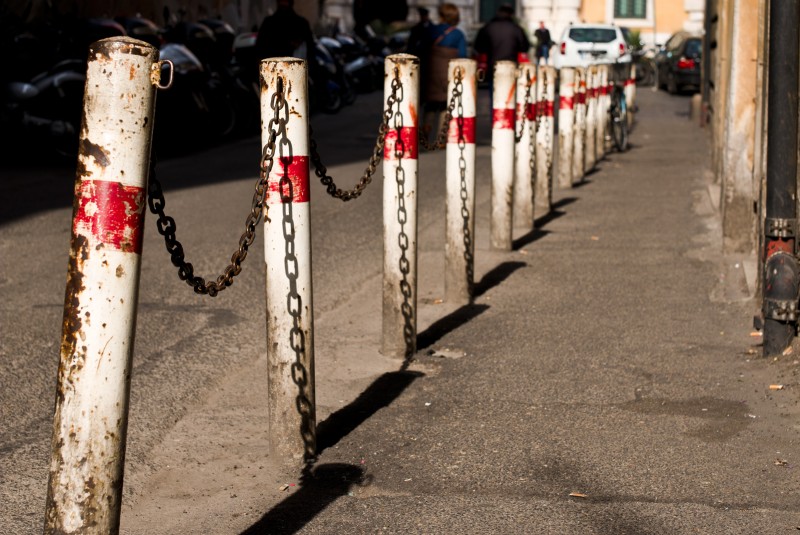
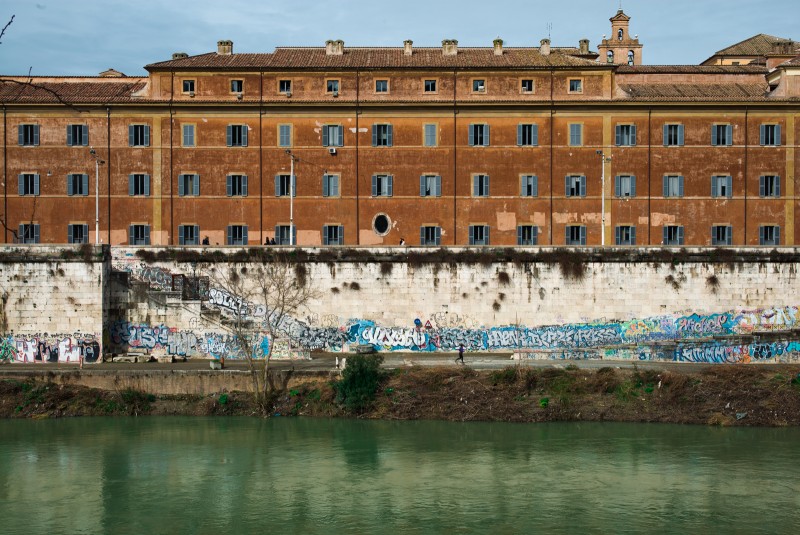

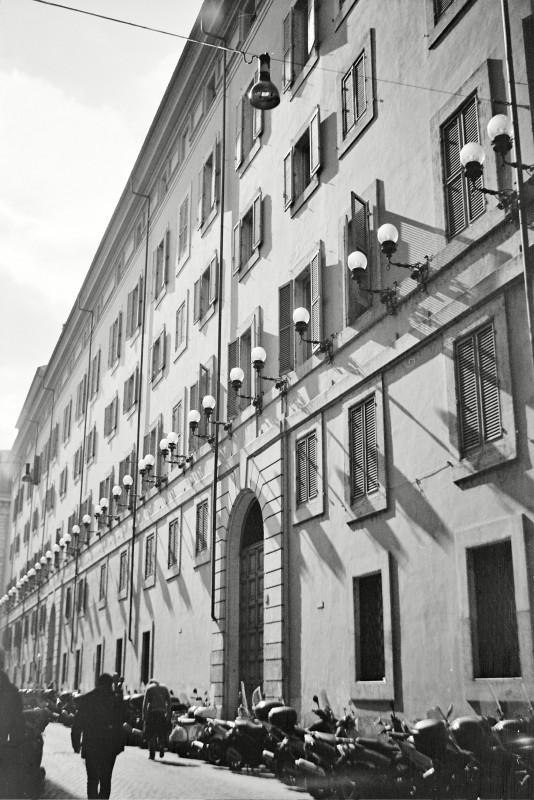
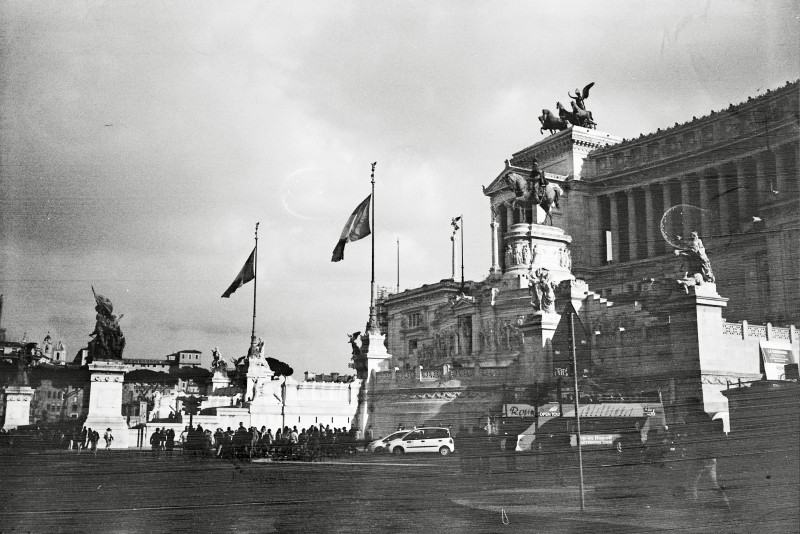
Renaissance Rome
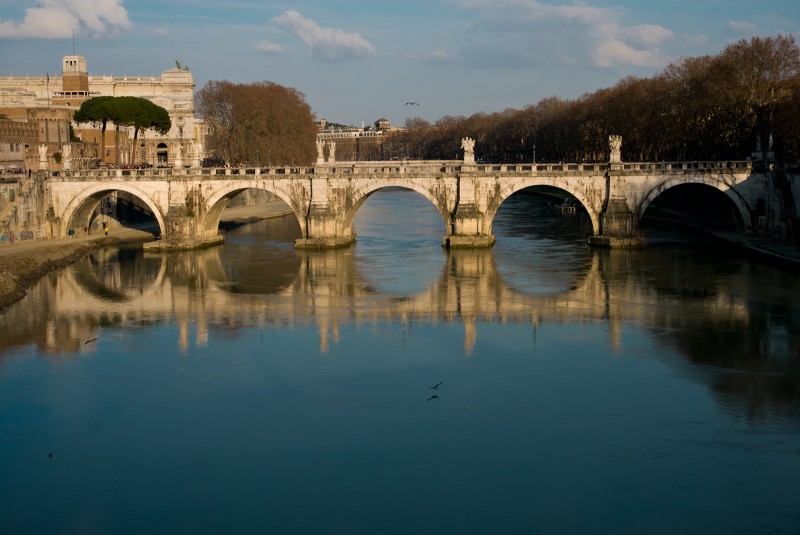
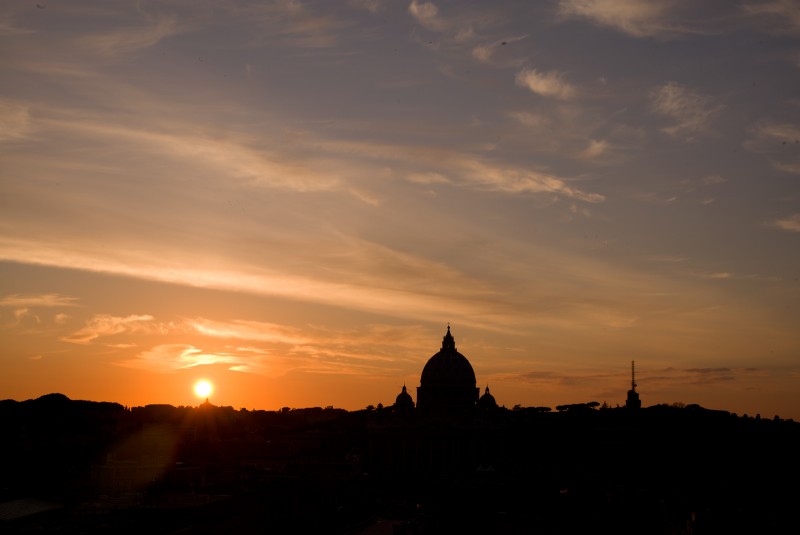
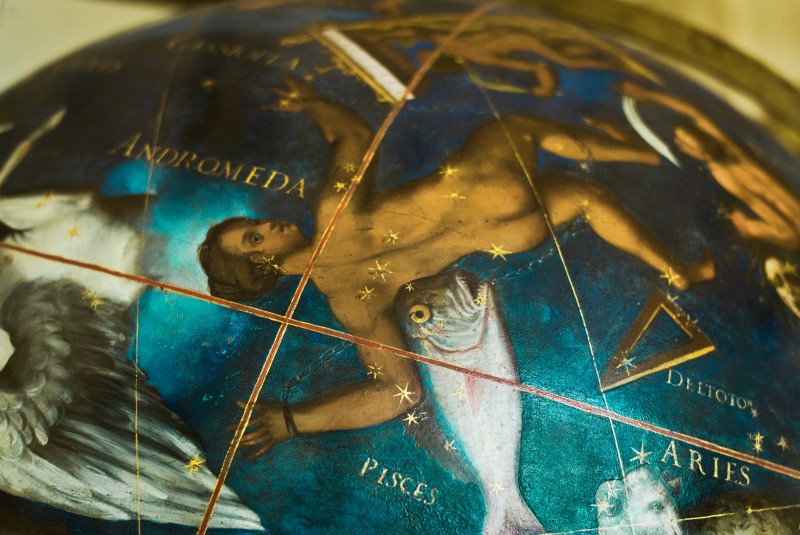
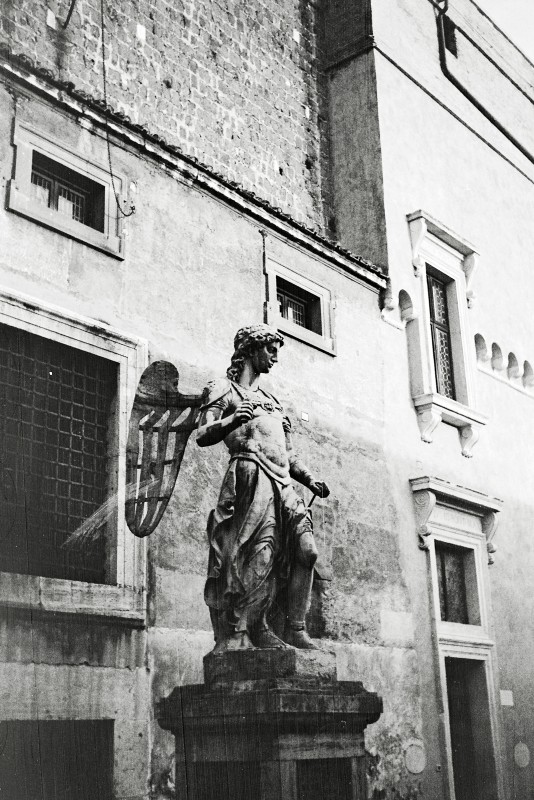
The Roman conundrum – not totally solved.
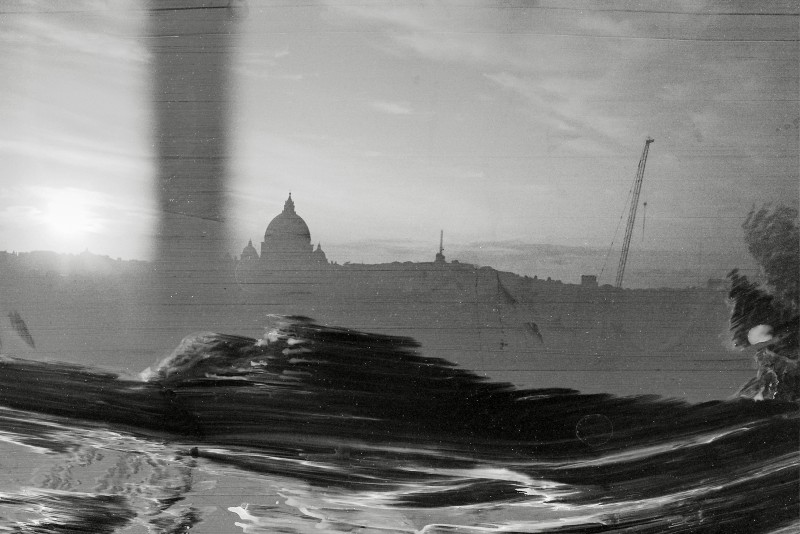
#LeicaM #Summilux50mm #Rome
©Madalina Diaconescu 2015